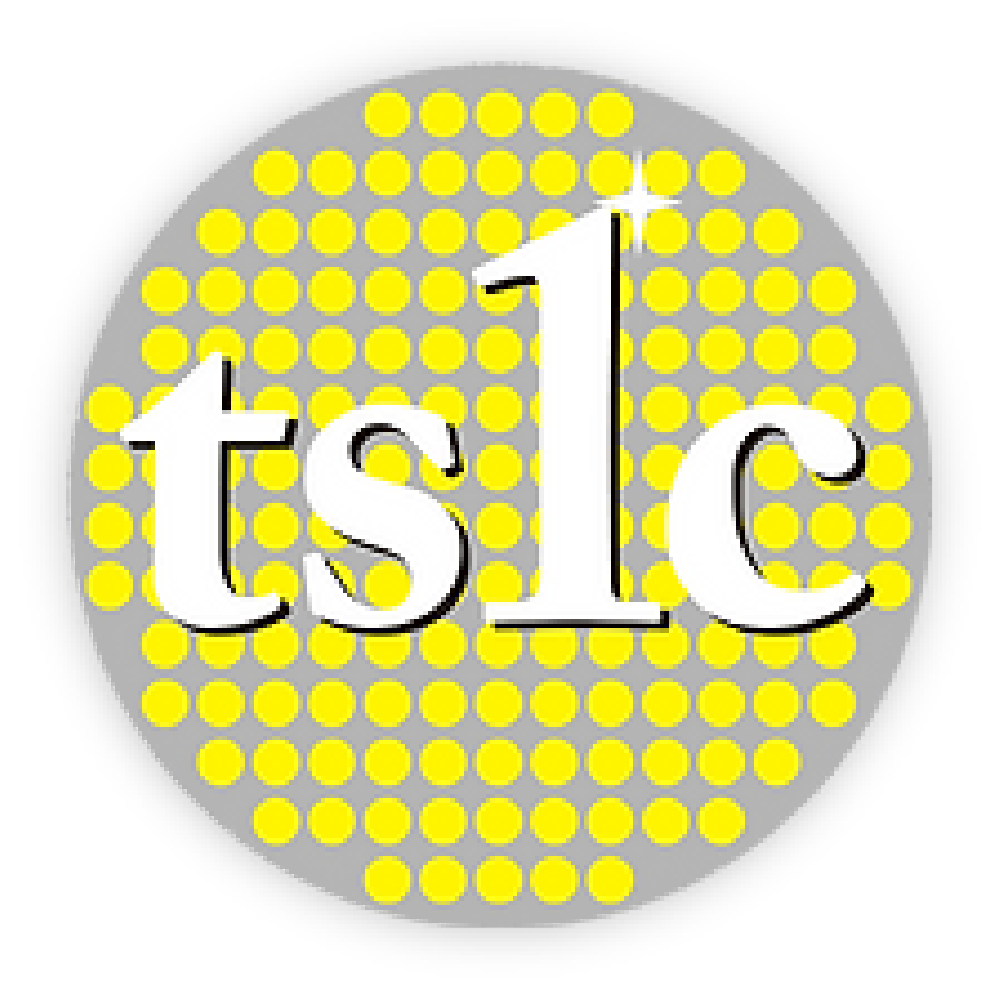Why Choose UV Light to Purify Water
Access to clean water is not only a matter of convenience—it is a cornerstone of global public health, environmental sustainability, and community resilience. As concerns about waterborne diseases, chemical contamination, and plastic pollution rise, there’s growing interest in purification technologies that are both effective and sustainable. One standout solution is ultraviolet (UV) light purification, especially UV-C LED technology.
The Critical Role of Water Purification
Contaminated water can carry a wide array of pathogens—bacteria, viruses, protozoa—that cause serious illnesses like cholera, hepatitis, and giardiasis. Globally, an estimated 2 billion people lack access to safely managed drinking water, according to the World Health Organization (WHO). To ensure health and safety, effective purification technologies are essential—not only at municipal levels but also at the household and individual levels.
Understanding UV Water Disinfection
UV water purification works by exposing water to ultraviolet-C (UV-C) light, typically at wavelengths between 260–280 nm. This energy penetrates the cell walls of microorganisms, damaging their DNA and RNA. Without functional genetic material, the organisms are unable to reproduce or infect.
The UV process is chemical-free, does not introduce any residual compounds into the water, and maintains the water’s taste, pH, and composition—unlike chlorine or ozone-based systems.
Comparing Water Purification Technologies
Let’s compare three widely used purification technologies: mercury-based UV lamps, reverse osmosis (RO), and UV-C LED disinfection.
1. Mercury Vapor UV Lamps
Pros:
- Effective disinfection across a broad microorganism spectrum.
- Suitable for large-scale systems with high flow rates.
Cons:
- Contain toxic mercury, posing environmental and health hazards.
- Require warm-up time and periodic lamp replacement.
- Bulky and fragile; not easily integrated into compact or portable systems.
- End-of-life disposal can be costly and non-compliant with newer environmental regulations.
2. Reverse Osmosis (RO)
Pros:
- Removes dissolved solids, heavy metals, and certain chemical contaminants.
- Improves taste and clarity of water.
Cons:
- Not effective as a standalone method for microbial disinfection.
- Wastes significant amounts of water (typically 3–4 liters of wastewater per liter of purified water).
- Slow filtration process and high maintenance requirements.
- Strips out beneficial minerals, requiring remineralization for optimal health.
3. UV-C LED Purification
Pros:
- Kills bacteria, viruses, and protozoa effectively and instantly.
- Compact, shatterproof design ideal for both large systems and mobile applications.
- Mercury-free and environmentally safe.
- Long operational life (up to 10,000 hours).
- Low energy consumption and immediate full-power output.
Cons:
- Higher initial cost, although rapidly decreasing with technological maturity.
- Less effective in turbid water, which may require pre-filtration.
UV-C LED in Point-of-Use (POU) and Point-of-Entry (POE) Systems
UV-C LED technology is particularly well-suited for both:
- POU Applications – Installed directly at water dispensing points (e.g., under-sink, faucet, or bottle filters). Instant disinfection ensures safe drinking water right before consumption. Compactness and low power requirements make LEDs ideal here.
- POE Applications – Integrated into main water lines to purify all water entering a building. LED systems can operate with minimal maintenance and energy input compared to bulky mercury systems.
Total Cost of Ownership (TCO)
Although UV-C LEDs may appear costly upfront, they offer significant long-term cost advantages:
| Factor | Mercury UV Lamp | UV-C LED System |
| Initial Cost | Lower | Moderate to High |
| Lifespan | ~8,000 hours | ~10,000 hours+ |
| Energy Consumption | Moderate to High | Low |
| Warm-up Time | Required | Instant-on |
| Maintenance | Frequent (bulb change) | Minimal |
| Hazardous Waste | Yes (mercury) | No |
A study by an Amercan company estimates that a UV-C LED system can have a 25–40% lower total cost of ownership over 5 years compared to traditional mercury-based systems, especially when factoring in energy savings, maintenance, and disposal costs.
Environmental and Regulatory Benefits
UV-C LED disinfection is compliant with:
- RoHS (Restriction of Hazardous Substances) standards.
- Minamata Convention on Mercury, which is phasing out mercury-based devices.
- Ideal for companies or municipalities pursuing ESG goals and green building certifications (e.g., LEED, WELL).
UV in Aquariums: Healthier Aquatic Life
UV germicidal lamps—especially UV-C LEDs—are increasingly used in aquarium filtration systems to control pathogens and algae. Here’s how they benefit aquatic environments:
- Pathogen Control: UV sterilizers eliminate free-floating bacteria, viruses, and protozoa, reducing disease outbreaks in tanks.
- Algae Reduction: UV exposure inhibits green water algae, improving water clarity without the need for algaecides.
- Chemical-Free: Reduces reliance on medications and chemicals that can harm fish, corals, or beneficial bacteria in biofilters.
- Stable Ecosystem: Promotes a balanced, low-stress environment that supports long-term aquatic health.
For tank owners and aquaculture professionals, integrating a UV-C LED sterilizer into the filtration loop is a smart way to enhance water quality and protect aquatic life without introducing harsh treatments.
Conclusion
UV-C LED water purification represents the future of water safety—efficient, compact, and environmentally responsible. Compared to mercury UV lamps and RO systems, LED-based solutions deliver reliable disinfection while minimizing operating costs and ecological impact. Their growing use in homes, commercial buildings, and even aquariums is a testament to their versatility and effectiveness.
Whether you’re treating drinking water at the tap or ensuring a disease-free aquarium, choosing UV-C LED is not just a technological upgrade—it’s a smarter, safer, and more sustainable choice.
